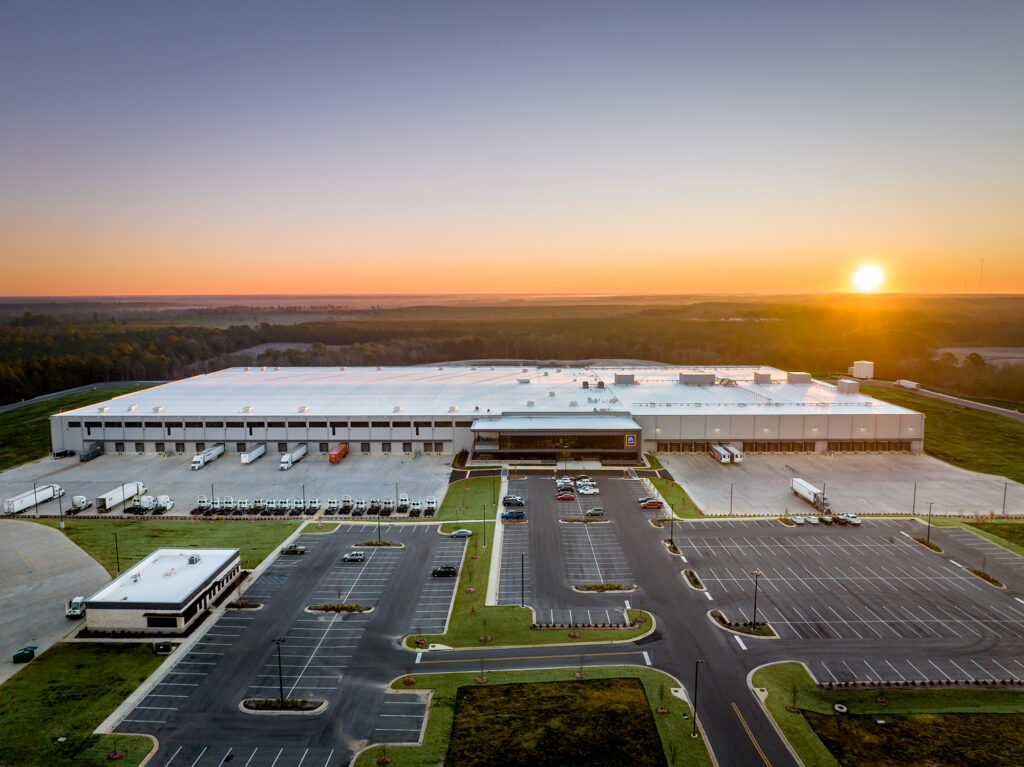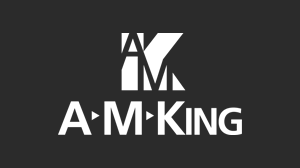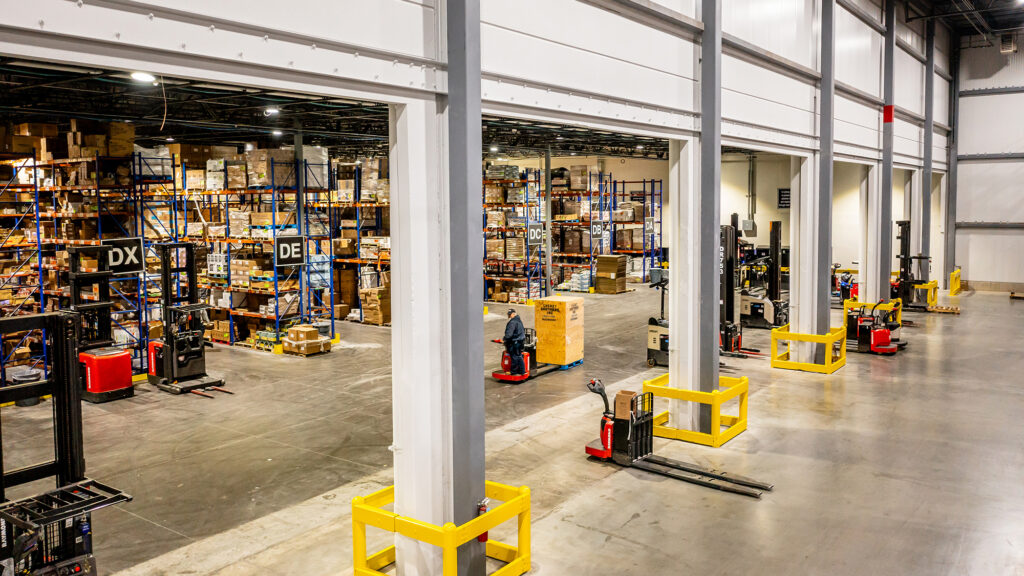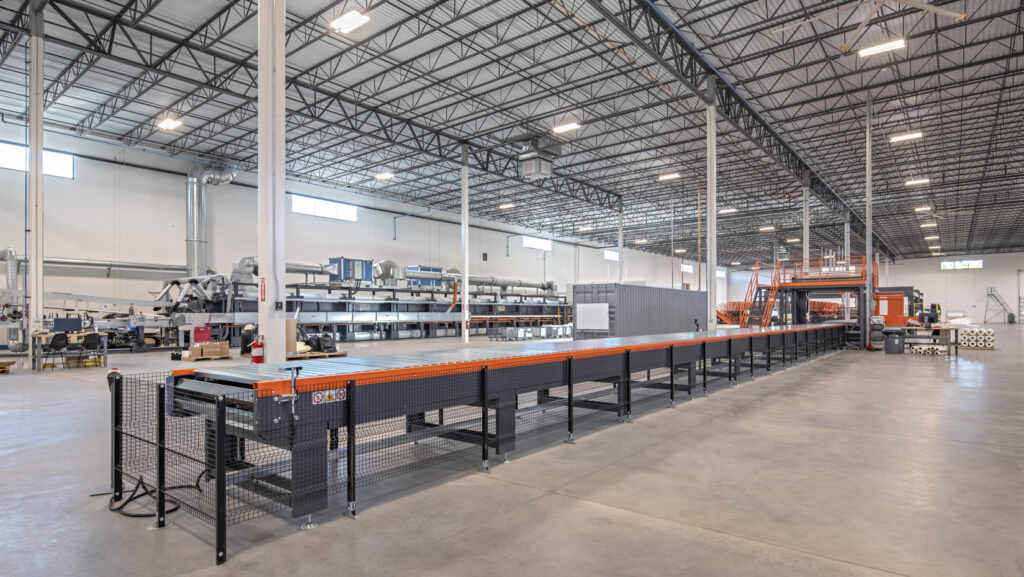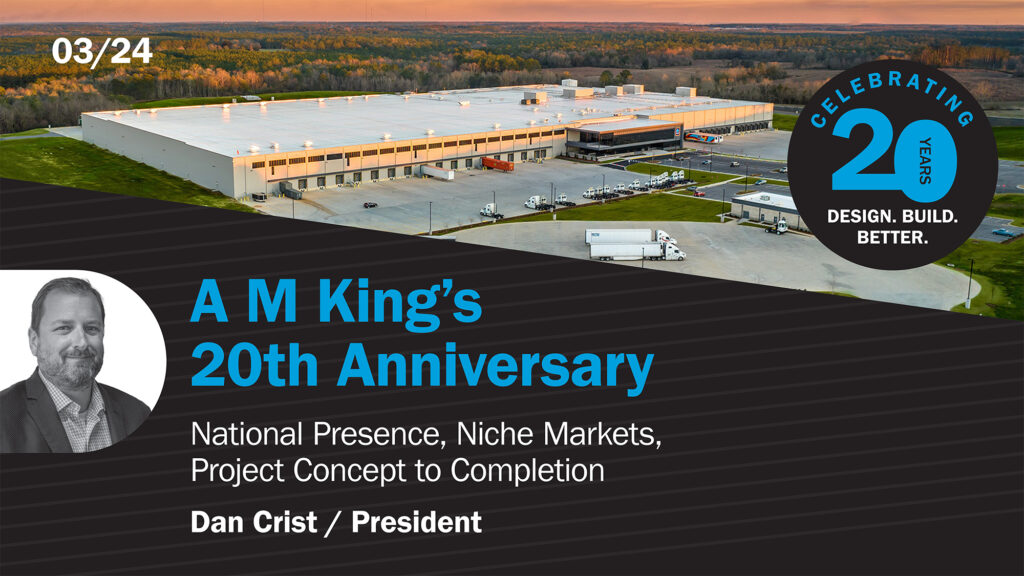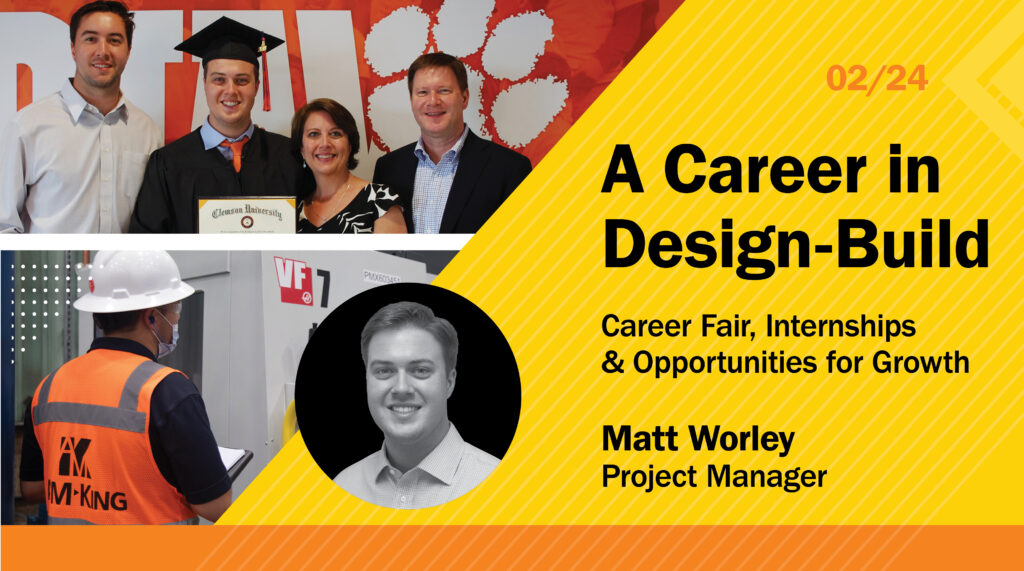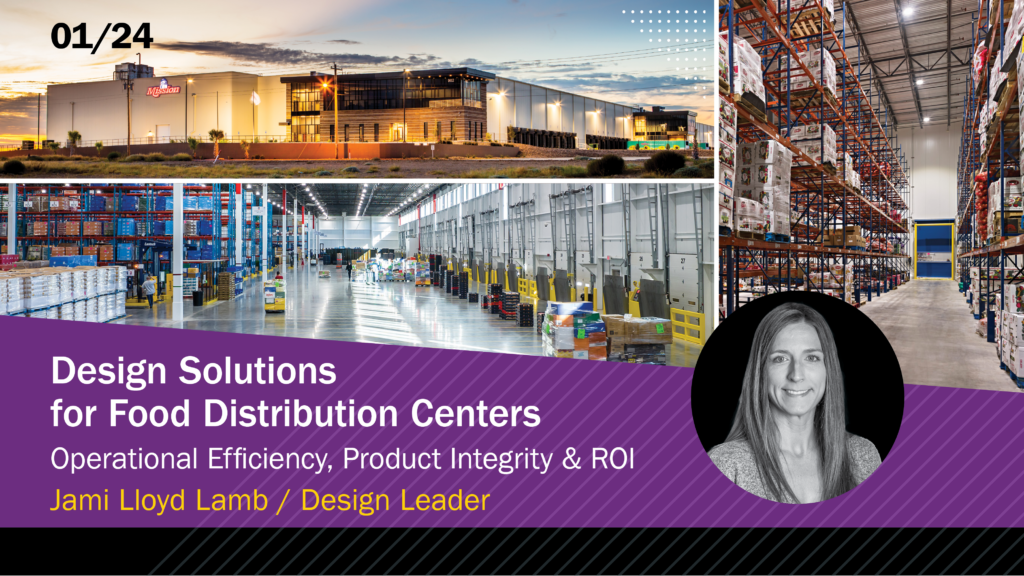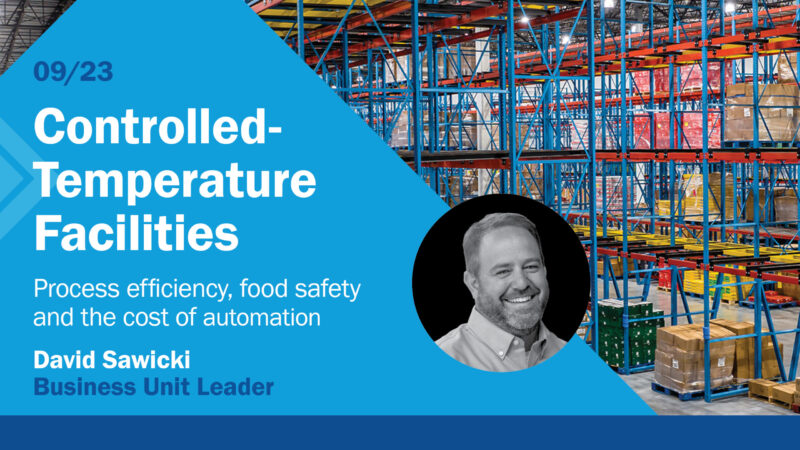
How We Design-Build Better
Your business has optimized and utilized its existing space, but still more room is needed, maybe even a new location. A new process, new equipment, or simply the need for more product space means you are at the beginning of site selection or evaluating where to expand your existing facility. Where to begin? How can you feel confident in the direction your project is headed?
The planning and construction process is complicated. Even the simplest building projects have multiple layers of complexity. Potential difficulties begin when the owner, designer and construction team must make informed decisions regarding the site and technical building details. By utilizing our Design-Build Better methodology, complexities may be reduced by aligning two potential adversarial entities and harnessing their collective knowledge of design and construction in the service of the building owner.
What do we mean by adversaries? Historically, there has existed a rather divisive relationship between designer and contractor. Think about it. The traditional process doesn’t necessarily promote cooperation and in fact, may encourage an oppositional association through the contractor selection process. You design, bid and then build. Invariably, there will be problems, but since the two groups are on contractually opposing sides, there is little opportunity for synergy and much less opportunity for a successful outcome to the project.
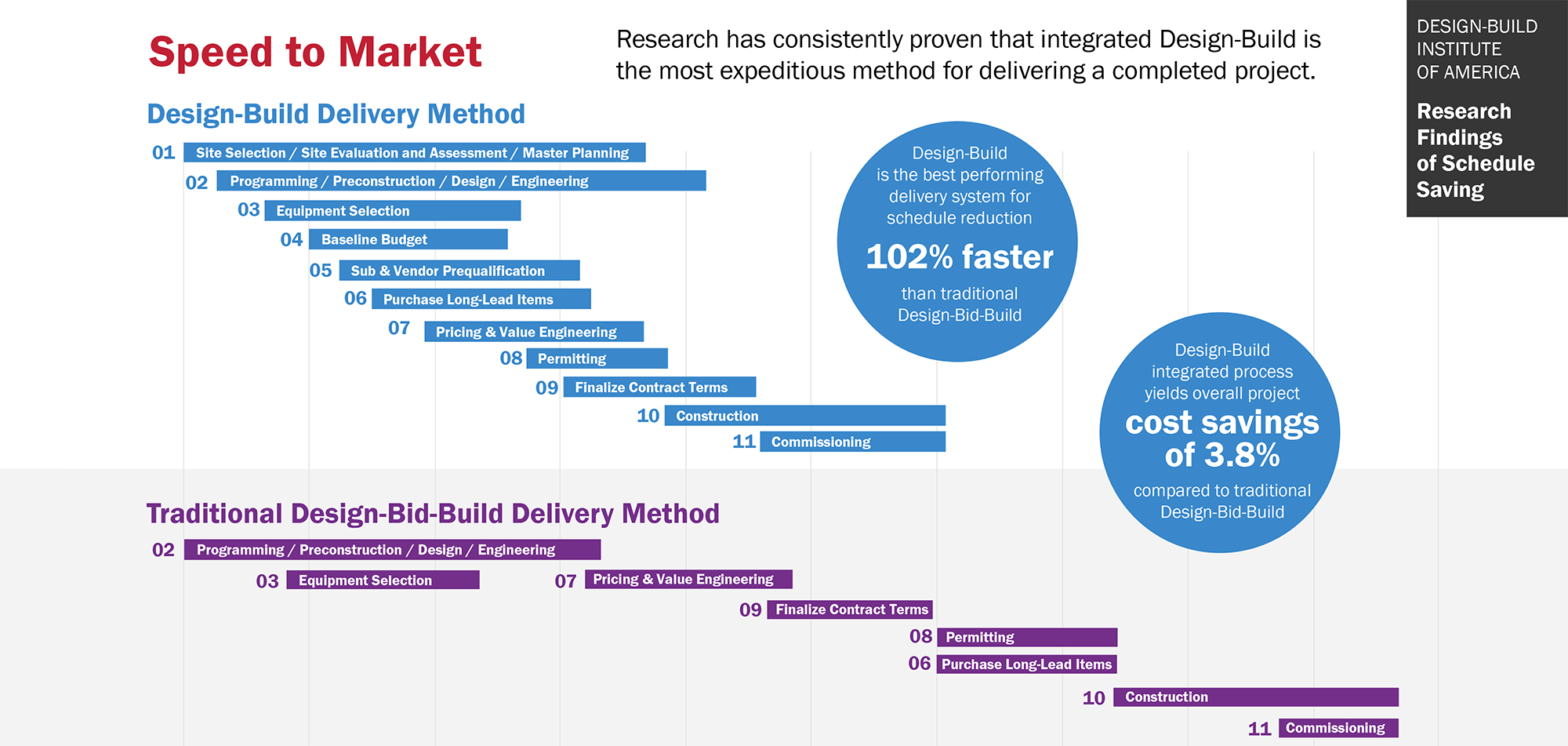
Design-Build vs. Design-Bid-Build
The traditional approach of Design-Bid-Build is where design, engineering and construction services are split into separate entities, separate contracts and separate work. The Design-Build model, in contrast, is defined as a method of project delivery in which one entity—the Design-Build team—works under a single contract with the project owner to provide comprehensive design and construction services.
Design-Build has been on an upward trajectory for years and has become widely accepted as the fastest growing and most efficient project delivery method. If you’re looking for empirical evidence, check out FMI’s June podcast about their Mid-Cycle Update Report. Overall, Design-Build is anticipated to represent up to 47 percent of construction spending in the assessed segments and geographies in 2026.
Other findings from the survey, conducted in partnership with Design-Build Institute of America (DBIA), include a majority of respondents (83 percent) indicating that Design-Build can help them with supply chain issues over other delivery methods. Over three-quarters believe that Design-Build facilitates greater utilization of prefabrication on projects.
The DBIA, which is celebrating its 30th anniversary this year, reports that Design-Build can deliver projects two times faster than traditional Design-Bid-Build.

Design. Build. Better.
A M King was founded nearly 20 years ago on Design-Build best practices, and we’ve continued to use them as a means to better serve our clients. Even though this philosophy has moved from alternative to mainstream, I still get questions about what it means, why it works and how it can drive client growth. In basic terms, the benefits of our Design-Build Better process can be explained through the following key points.
- We manage projects under a single contract from the property consulting stage, through design and construction and when the project is complete, furnish ongoing facility services.
- We provide a single point of contact and coordination for the client.
- Our in-house design and construction teams work together, fostering an atmosphere of trust, transparency and collaboration. Incorporating construction expertise at the project onset ensures strict adherence to the budget and schedule and determines constructibility of design.
In addition:
- We work closely with the owner, we develop custom solutions for an innovative, efficient, sustainable and aesthetically pleasing facility.
- The project schedule can be reduced because design and pricing are developed simultaneously, eliminating the need for multiple value engineering and pricing cycles.
- Our project teams establish building-specific compliances, select highly qualified subcontractors, and maintain superior communication with our clients. We develop custom solutions for an innovative, efficient and sustainable facility.
The flexible and collaborative nature of Design-Build has become especially important for our clients in the food and industrial arenas that must quickly push forward with plans for expansions, renovations and greenfield building projects. Of course, Design-Build isn’t always the right project delivery method for every product or owner, but it is especially beneficial for technical buildings or companies with multiple properties/facilities or proprietary processes. If your company has ongoing expansion plans over an extended period of time and chooses to utilize Design-Build, you won’t have to reinvent the wheel.
Client Testimonials
I don’t know many clients who simply want a set of drawings. They want an informed guide alongside them through the process from site selection to building occupancy. Our Design-Build Better approach will deliver both by integrating the design and construction processes, understanding the owner’s needs and expectations and executing a successful project faster and of higher quality than they could have imagined.
Interested in learning more about our Integrated Design-Build services? Click here to visit our website.

